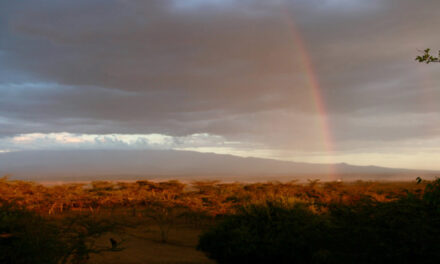It seemed there was nothing that could be done. The resources were non-existent. There was no one with experience. The way forward was a mystery. It appeared that, literally, all that could be done was to pray. So that is what they did.
The students of that Lutheran Bible Institute missions class in Minneapolis in the mid-1930s felt they MUST meet together to pray. And if they were going to pray, they were going to pray what Jesus told them to pray in Luke 10.
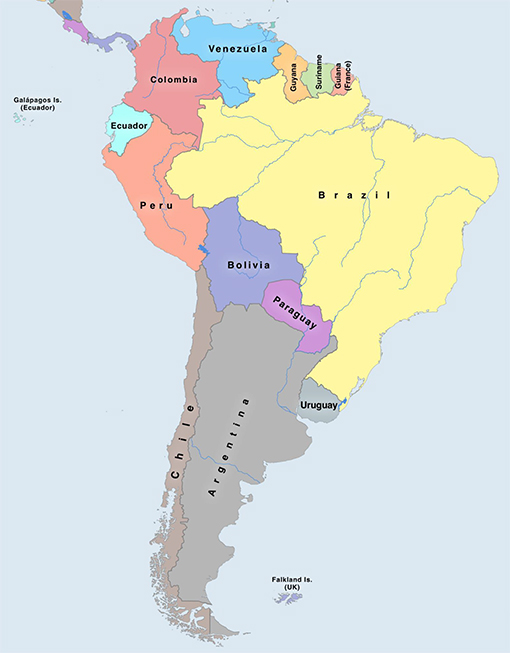
Map of South America
“…pray earnestly to the Lord of the harvest to send out laborers into his harvest.”
— Luke 10:2, NIV
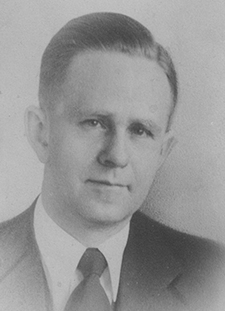
Ernest Weinhardt
A chance meeting soon after this suggested Bolivia.
Bolivia was as good as any place, so it was to Bolivia that two men, Ernest Weinhardt and John Carlsen, set out in 1938. They had neither money, nor contacts. But they had a group of college students praying for them. The students desired desperately to remain connected to their church body. But church leaders were not as encouraging, as few among the students felt called to be pastors. Could Jesus use them as harvest workers without being ordained?
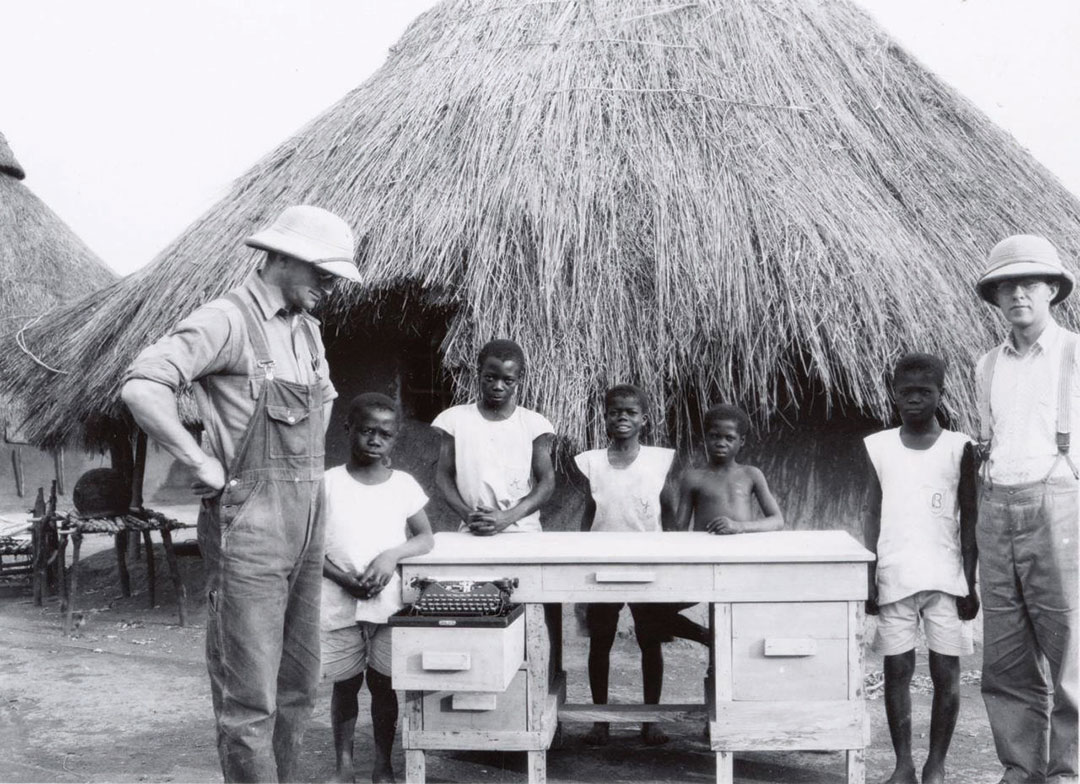
Ernest Weinhardt (on right) and Mr. Okland in Mboula, Cameroon
Eventually, the group expanded their vision from praying for South America to praying for the world and became the World Mission Prayer League, or WMPL (pronounced “wimple”).
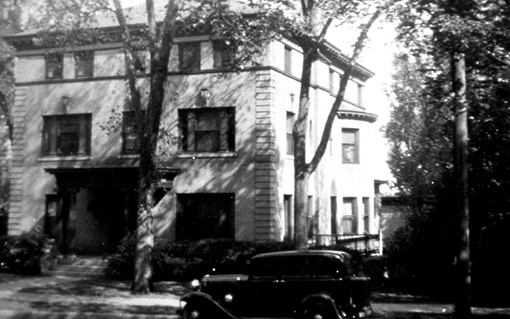
Early days at WMPL’s Clifton Avenue headquarters
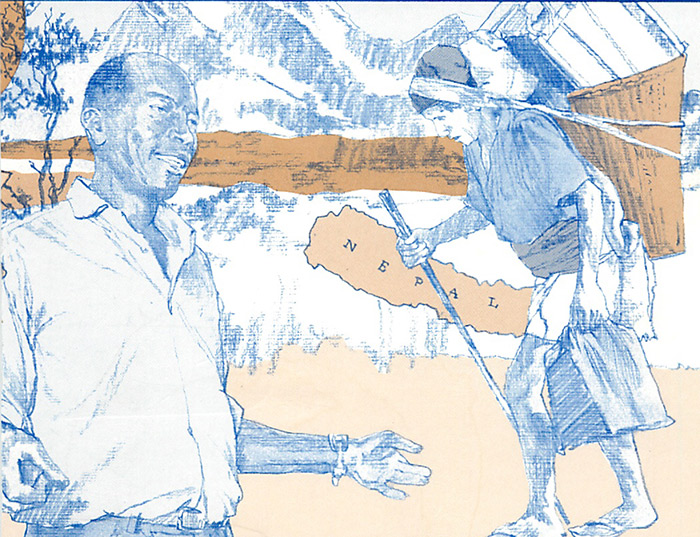
Cover image from “The Spirit of God was Moving”
Young people camped along the border of India and Nepal prayed with some 50 other organizations for the borders of Nepal to be opened to the Gospel.
When a birdwatching expedition turned into an invitation for ONE mission organization to enter the country, the pray-ers from the various denominations banded together to form one mission: the United Mission to Nepal.
To obtain a free copy of “The Spirit of God was Moving” by Millie Tengbom, write to WMPL at 232 Clifton Avenue, Minneapolis, MN 55403, or download from the Resources page.
Medical work focusing on women and children was often the way to bring the love of Christ into “foreign fields.” Literacy, education, church planting, agriculture, community development, microfinance and other vocations were all ways that those who felt called to “go” were given opportunities to do so.
One afternoon a librarian felt called to meet with the Personnel Director about a placement “overseas.” She was just being told, “No, that’s just not a position we could place,” when a phone call was received. From an international school. Looking for a librarian. She served many years in two different countries.
Who Was More Important?
Was it the pray-er or the go-er? Or was it the send-er, who made it possible for the go-er to be supported? The group continued to pray and lean upon the Lord as they put into practice:
“Do not be anxious about anything, but in everything by prayer and supplication with thanksgiving let your requests be made known to God.”
— Philippians 4:6
Non-solicitation became a core value, trusting God “for all that’s to come.”
The college students grew up, married, had their own families. Some remained as pray-ers. Some went as go-ers. Many became send-ers, supporting the work with gifts as God led. Go-ers continued to be sent out through the decades, many as a direct result of the Lutheran Bible Institute movement. The local church was as vital a connection to the work as the mission agency, as all go-ers had to be an active member of a Lutheran church. The desire to go where the church was not yet established meant that the work was often on the “frontier.”
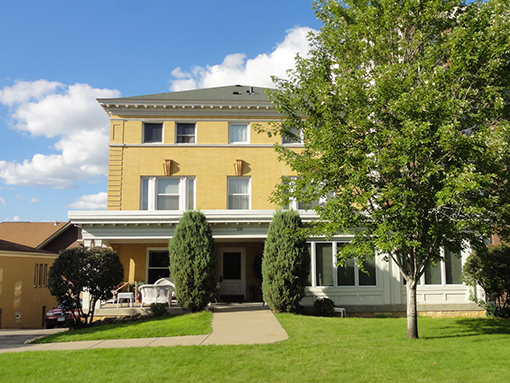
WMPL’s Clifton Avenue headquarters, 2015
Much has changed in the 80+ years since the first person boarded a boat for Bolivia.
Foreign Fields are now Host Countries.
Newsletters are now blog posts.
Prayer meetings are zoom rooms.
Most of the places where the work is being done now are hostile to the name of Christ. Go-ers often use pseudonyms to protect themselves and those they get to know.
Pray-ers are now mobilizers. Send-ers are supporters. And go-ers are global workers.
This song, “How Good is the God We Adore” by Joseph Hart, is sung at the end of meetings, camps and commissioning services with a few tweaks to the words.
“How good is the God we adore, Our faithful, unchangeable Friend: His love is as great as His pow’r, And knows neither measure nor end.
‘Tis Jesus the First and the Last, Whose Spirit shall guide us safe home; We will thank Him for all that is past, And trust Him for all that’s to come.“
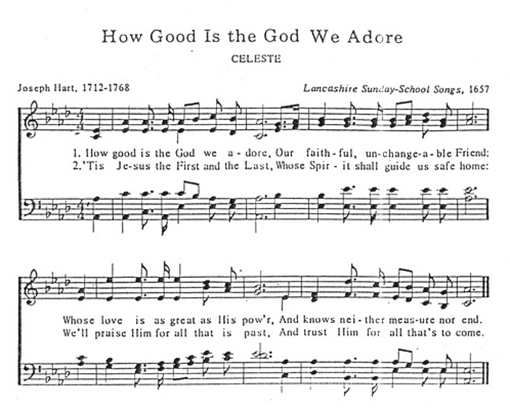
Yet, the work has not diminished. The need is stronger than ever. And the word of the Lord promises two things that sustain us:
“So shall my word be that goes out from my mouth; it shall not return to me empty, but it shall accomplish that which I purpose, and shall succeed in the thing for which I sent it.”
— Isaiah 55:11, NIV
“Behold, a great multitude that no one could number, from every nation, from all tribes and peoples and languages, standing before the throne and before the Lamb, clothed in white robes, with palm branches in their hands, and crying out with a loud voice, “Salvation belongs to our God who sits on the throne, and to the Lamb!”
— Revelation 7:9, 10, NIV
Want more info?
- Email the author.
- Like this article? Share it using the social media buttons below.
- Want a print copy? Click the printer icon below.
- And please rate the article!


